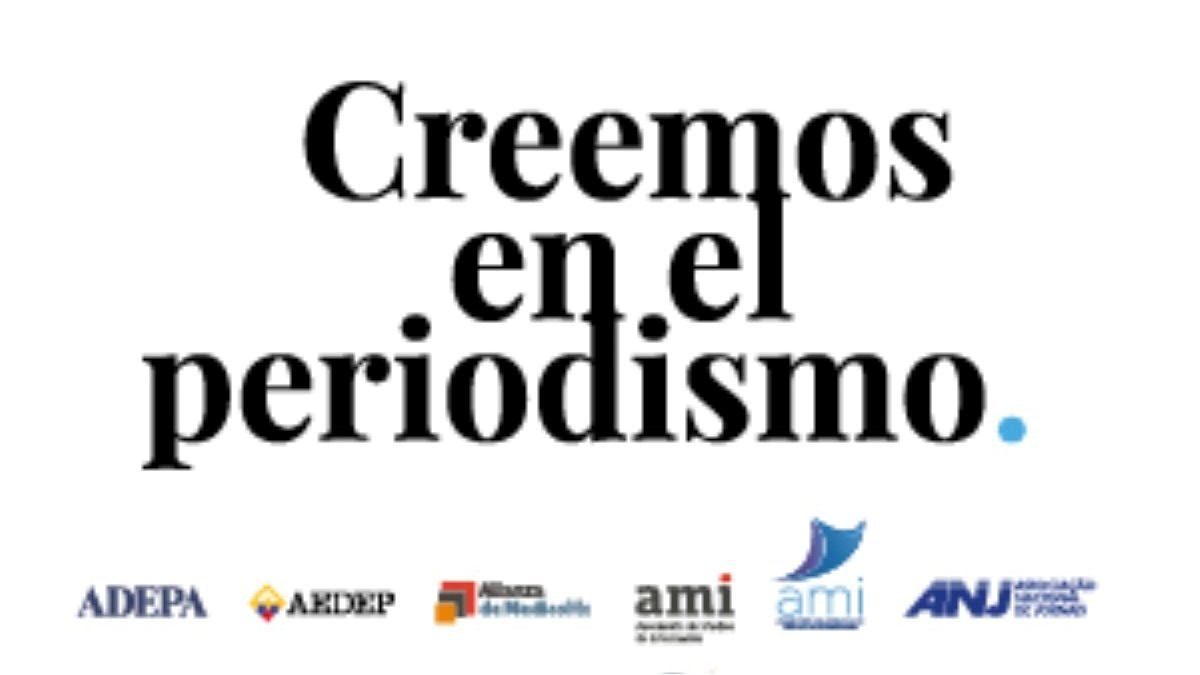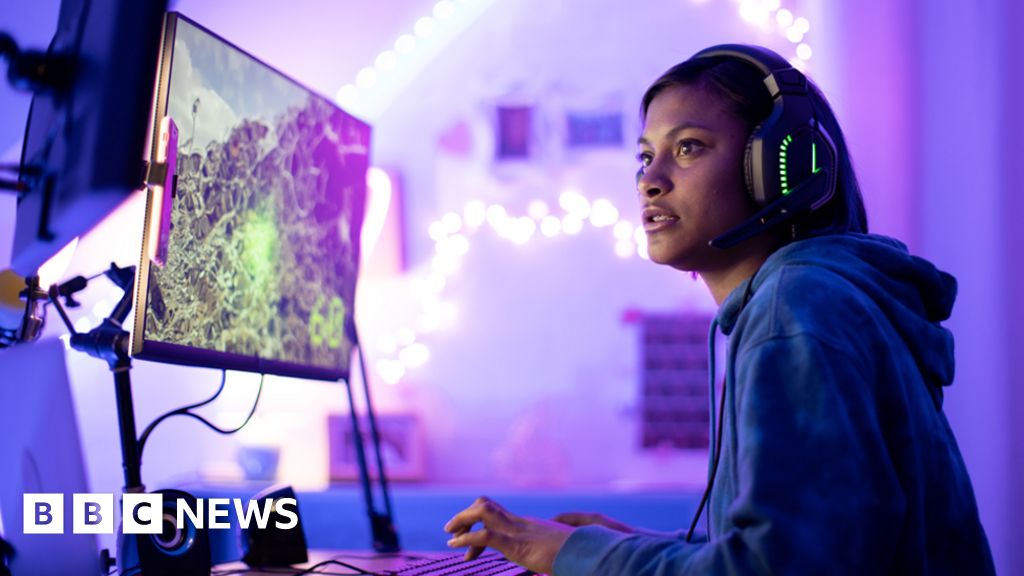:quality(85)/cloudfront-us-east-1.images.arcpublishing.com/infobae/IAATTMIM2AX5OZJQ4SUZB6FB2M.jpg)
Every year the US government keeps printing billions of dollars in cash. However, in the endless dance of banknote production, occasionally the symphony breaks rhythm and unexpected errors arise.
An episode illustrating this phenomenon took place in July 2016 Bureau of Engraving and Printing (Bureau of Engraving and Printing USA) issued a request to its facility in Fort Worth. What is special about this request is that it is an exact copy of the one previously sent to its counterparts in Washington DC in November 2014.
As a result of this unusual copying operation, 6.4 million one-dollar bills had identical serial numbers, although, by definition, each serial number must be unique. Due to the interest of collectors, this error imbued these dollars with a value higher than their face value.
However, it’s important to remember that in the vast sea of US coins in circulation, the chances of two bills turning out exactly the same are slim … but it can happen. And there is the reward.
There are so many one-dollar bills in the world that an exact count of them currently in circulation is nearly impossible, but estimates range from 12.5 to 14.4 billion. In this “sea” of banknotes, the probability of having two identical notes in your wallet is small, but always greater than zero.
To recognize two double dollars, a few details must be observed. On the one hand, you should note the serial number that appears to the right of the George Washington effigy and declares that it is “from the 2013 series.”
The ticket shows Federal Reserve Seal “B”Based on the serial number, it is also found to the right of Washington’s image.
The serial number is enclosed with an asterisk (*), and resides in the range B00000001-B00250000* or B03200001*-B09600000*.
If you come across one of these strange one-dollar bills, unfortunately, you’re out of luck yet. It becomes necessary to find another copy of a dollar that matches the same characteristics and suffers from printing defects found in some corner of the world. Only then will the real gem be yours.
According to the website Rich nickel, depending on the condition of the bill and its serial number, the auction value of duplicate dollars ranges from USD 20,000 to USD 150,000. Of course, you need to go to the right place and first, prove the authenticity of the bills.
This is not the first time the US has made a mistake in issuing dollars. Failures in the minting of a coin or specific circumstances of the edition can create rare editions that are highly sought after by collectors, making them valuable objects. to find out.
For example, you can get USD 100 to USD 1,500 to get one of thousands of coins. in quarters Minted in Wisconsin in 2004, it is marked with extra leaves on a corn plant – some speculate that a mint employee did this on purpose.
Likewise, in 2005, the US Mint restored the old bison design to the reverse of the Jefferson nickel-5 cent coin. However, many mint errors were discovered during the first months of its circulation. One of the most popular is the “speared bison nickel,” which resembles a spear cut across a buffalo (hence the name).
Upon discovery, it immediately sold for $100 wholesale. Its price hasn’t changed much since then, but one was sold at auction in 2010 for $1,265.
Likewise, you can find many “special” coins and bills that multiply their original value exponentially.

“Introvert. Thinker. Problem solver. Evil beer specialist. Prone to fits of apathy. Social media expert. Award-winning food fanatic.”





More Stories
We believe in journalism
Russia destroyed postal infrastructure in Odessa in another ballistic missile attack
Agenda and his introduction to ARG 01